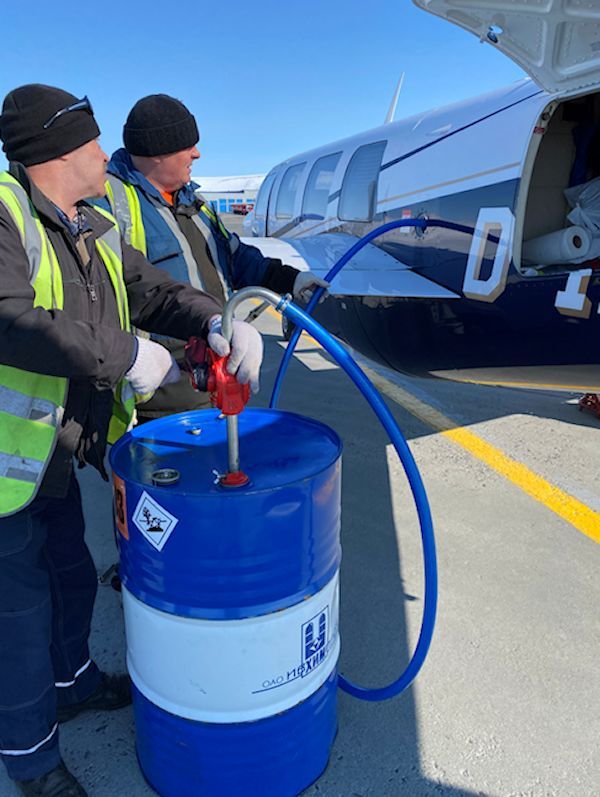Effects of Avgas contamination by Jet Fuel (Kerosene)
Avgas may be??

A recent 'incident' happening to a Malibu aircraft on Easter Island prompted this article on the terrible effects of Jet Fuel (kerosene) contamination on a piston engine made to use Avgas. The pilots were lucky the tower spotted black smoke coming out of their exhaust. They made an immediate 180° and landed down wind. They then realised of the contamination of the fuel by kerosene.
Most of us pilots probably do not realise the extensive and in most case permanent damage the contamination of Avgas by Jet fuel (kerosene) can do to our piston engines. In most cases the engines are damaged beyond repair and have to be replaced.
It is therefore of capital importance to make sure the fuel pumped in our tanks is the proper fuel. This is more important in places where fuel is delivered in drums instead of being pumped from a fixed bowser or a fuel truck.
Normally the drums should have the proper markings but this is not proof of the quality of the fuel as those drums may have been recycled and refilled with the wrong fuel. Colour and odour should be checked for each drum when more than one is used. When refuelling from a fixed installation or a mobile tanker, the nozzle should be special and should not fit in our Avgas tanks. But that too is not a fool-proof evidence and there too, care should be taken to verify the identity of the fuel.
The damage to the engines is such that Lycoming has produced a special Service Bulletin (N° 398B) requiring to send the damaged engine to the factory for assessment, but most engineers do not follow that instruction , knowing in advance that the verdict would be to discard and replace the engine.
It is easy to search for the long list of accidents, many being fatal, due to that contamination on the Internet where there are full pages of those accident reports.
During my RTW (1996), I knew I would have to refuel from drums at Christmas Island. I had my own pump and I used a two litre clear glass jar to check the first strokes of the pump, checking the colour and the odour of the fuel from each drum. I did make sure the pump was drained dry before starting on the second drum, making sure the sample was from that new drum was not from fuel left in the pump.
One is never too cautious, especially before a long flight over water.
Does it look like Avgas, does it smell like Avgas, does it taste like Avgas???
Two good articles are well worth reading:
https://www.twincessna.org/pdf/Misfueling-Epidemic-TTCF-Article-8-15.pdf
https://www.avweb.com/news/savvyaviator/savvy_aviator_60_misfueld_198350-1.html
Happy and safe refuelling and safe flight.
Photo curtesy Tom G.